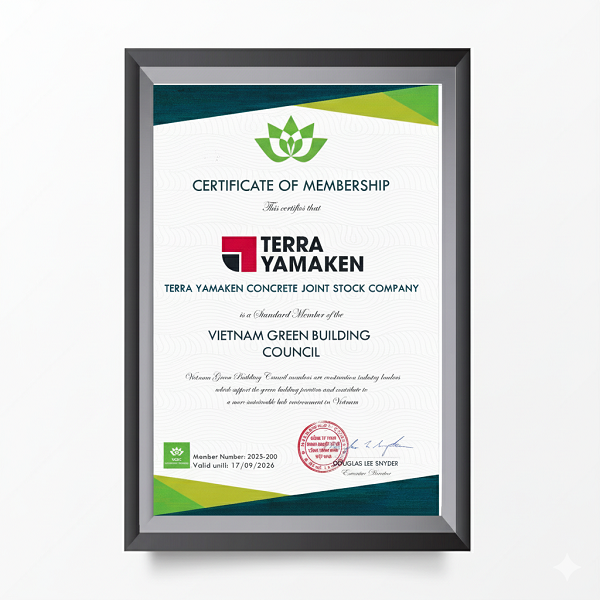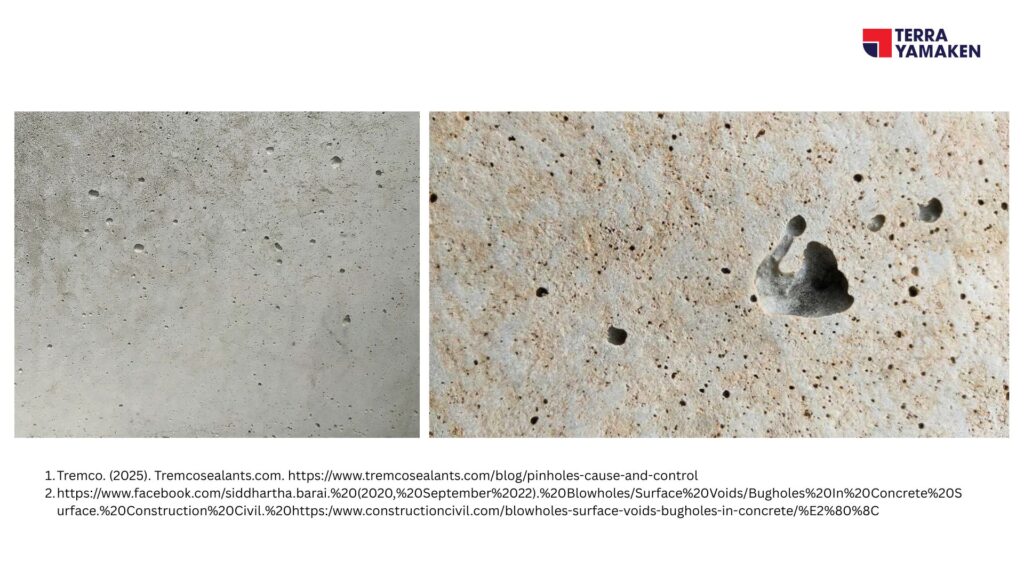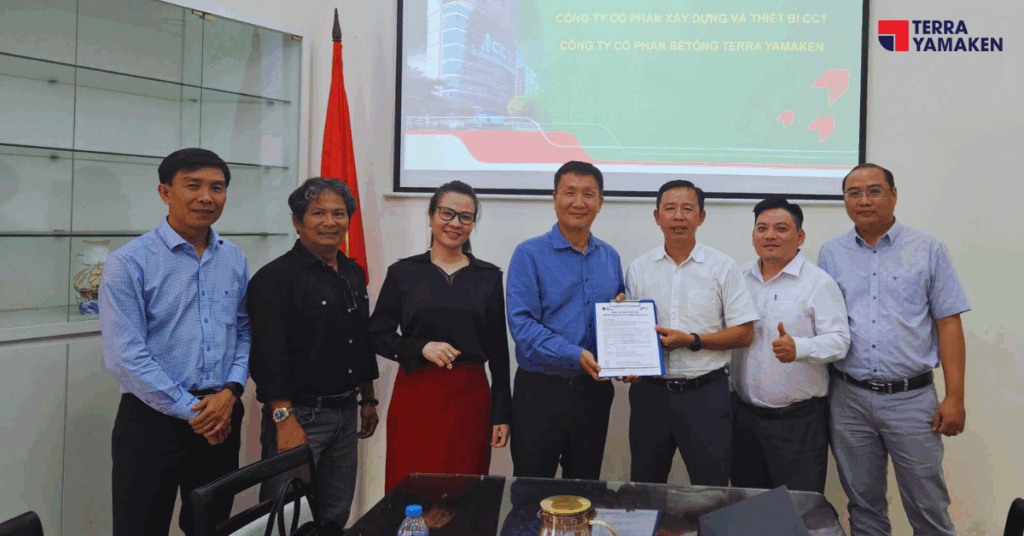Concrete placement during the rainy season, under wet weather conditions, is one of the environmental factors that significantly affects the setting process, strength development, and long-term durability of the structure. Rainwater can alter the water–cement ratio, cause surface laitance, erode the cement paste layer, and interrupt the hydration process. Particularly in the early stage after placement, if proper protection and control measures are not implemented, concrete quality will deteriorate substantially. Therefore, the site engineer must deploy a comprehensive set of technical solutions such as designing temporary drainage systems, installing waterproof coverings, controlling aggregate moisture, and ensuring appropriate curing conditions to meet structural performance requirements under adverse rainy-season climate conditions.

Table of Contents
ToggleTechnical and Organizational Measures for Concrete Placement During the Rainy Season
To maintain concrete quality during the rainy season, especially in tropical monsoon climates, it is essential to establish appropriate technical and organizational measures, including:
Assess Environmental Factors
Understanding local environmental conditions that affect concrete durability and service life is critical. High humidity, temperature fluctuations, and exposure to corrosive agents such as salts or chemicals can degrade concrete quality. In tropical regions, heavy rainfall combined with high humidity requires adjustments to construction procedures to ensure structural integrity.
Plan Concrete Pouring Schedule
Monitor weather forecasts to schedule concrete placement at optimal times, preferably in the morning when temperatures are lower to minimize rapid evaporation affecting setting. If rain is predicted, postpone pouring to avoid surface erosion or mix dilution. Prepare contingency measures such as waterproof coverings and temporary drainage systems for immediate response.
Protect Fresh Concrete from Rainwater
Immediately after placement, apply protective coverings using specialized waterproof materials such as PE tarpaulins, curing blankets, or polymer sheets to prevent rainwater from contacting unset cement paste. Early exposure to rain can cause defects such as surface pitting, erosion of the paste layer, or changes in the water–cement ratio, leading to reduced compressive strength and long-term durability.
If rain occurs during placement, halt operations and implement emergency shielding at active work zones. Temporary covers must be highly water-resistant, easy to deploy, and suitable for site conditions. Secure edges with anchors, steel stakes, or weights to prevent displacement by wind or runoff, especially under adverse weather. After covering, inspect for watertightness to ensure no infiltration into unset concrete. This step is critical for quality control under rainy conditions to meet design strength and service life requirements.
Beyond temporary protection, applying specialized protective coatings after initial strength gain is vital for enhancing durability. Coatings such as silicate-based sealers, epoxy, or polyurethane membranes create barriers against water ingress, minimize damage risk, inhibit microbial growth, and prevent steel reinforcement corrosion. These coatings also preserve surface aesthetics and extend service life, reducing long-term maintenance costs. Periodic inspection and reapplication per maintenance cycles are necessary for continuous protection, especially for structures exposed to wet environments or requiring high durability standards.
Ensure Effective Site Drainage
To safeguard concrete quality and durability during early curing, particularly under rainy conditions, design and implement an efficient temporary drainage system. This system should control surface runoff and prevent water accumulation that could infiltrate concrete before achieving design strength.
Key technical requirements include creating a slight slope (minimum 1–2%) around the placement area to direct rainwater away from the pour zone. Depending on site conditions, project scale, and schedule, solutions may include:
- Temporary drainage channels using metal sheets, plastic, or plywood.
- Lined trenches with waterproof membranes.
- Semi-permanent or integrated systems for infrastructure projects requiring long-term operation.
Site preparation must include:
- Removing obstructions that impede water flow.
- Inspecting and clearing drainage paths to prevent blockages.
- Positioning collection points and guiding runoff to avoid foundation erosion or interference with adjacent work areas.
Effective drainage control not only protects concrete from technical issues such as spalling, discoloration, or bond failure but also ensures safe and stable working conditions throughout project execution.

Quality Assurance Methods
To ensure that concrete structures meet design specifications, a comprehensive technical monitoring process must be implemented, including checks on mix design, curing conditions, and surface condition throughout the construction phase. This monitoring is critical for controlling variables that affect strength, durability, and service life.
Mix Design Control
Regular testing of key parameters such as slump, workability, and compressive strength should be performed using standard methods like ASTM C143, ASTM C39, or equivalent TCVN standards. Test results must be compared against approved design documents and technical specifications to maintain consistency and reliability of the mix.
Curing Condition Monitoring
During curing, it is essential to monitor environmental factors such as ambient temperature, relative humidity, and wind speed. These parameters directly influence cement hydration and strength development. Early detection of adverse conditions allows timely corrective actions, such as extending curing duration, applying moisture-retaining coverings, or adjusting admixtures.
Surface Condition Inspection
Periodic inspection of concrete surfaces is necessary to identify anomalies such as hairline cracks, spalling, discoloration, or bleeding. These indicators may signal deviations in mix design, placement, or curing practices and must be addressed promptly to prevent compromising overall structural quality.
Implementing a systematic and proactive quality control process not only prevents technical defects but also ensures compliance with design standards, technical requirements, and client expectations.
Control of Excess Water During Mixing
In concrete production, checking and controlling aggregate moisture prior to mixing is a mandatory step to maintain the water–cement ratio (W/C) within design limits. Aggregates—particularly sand and fine gravel—can absorb water from the environment, especially under humid conditions or after rainfall, leading to discrepancies in actual water content if not corrected.
Accurate control requires moisture testing using oven-drying methods or field moisture meters. Test results form the basis for adjusting added water in the mix, ensuring the W/C ratio does not exceed permissible limits, thereby preserving compressive strength, density, and impermeability.
Failure to control aggregate moisture can result in:
- Extended setting time, affecting schedule and formwork removal.
- Increased bleeding, causing segregation and reduced uniformity.
- Lower compressive strength, directly impacting load-bearing capacity and service life.
Therefore, aggregate moisture checks must be performed regularly, especially after rain or when material sources change. Combined with mix management and batching records, site engineers can ensure stable concrete quality aligned with design requirements and actual site conditions.
Conclusion
Ensuring concrete quality and durability during the rainy season requires thorough preparation and the application of advanced technology and quality control methods. By understanding environmental challenges and implementing preventive measures such as protective coverings, effective drainage, and chemical admixtures, construction teams can maintain concrete integrity even under wet conditions. While rainy weather may slow progress, it does not have to compromise structural quality.
Ralated posts
- Pressure Method for Determining Air Content in Fresh Concrete Mixture According to National Standard TCVN 3111:2022
- The Difference Between Air Content and Bugholes in Concrete?
- Practical Guidelines for Mass Concrete Construction According to TCVN 9341:2012
Keywords:
- Concrete construction during the rainy season
Sources
- American Concrete Institute. (2016). ACI 306R‑16: Guide to cold weather concreting. American Concrete Institute.
- National Ready Mixed Concrete Association. (2021). CIP 27 – Cold Weather Concreting. In Concrete in Practice (27). NRMCA.
- Yasien, A. M., & Bassuoni, M. T. (2024). Cold weather concreting: Codes’ provisions and research advances. Proceedings of the Institution of Civil Engineers: Construction Materials, 177(5), 286–301








